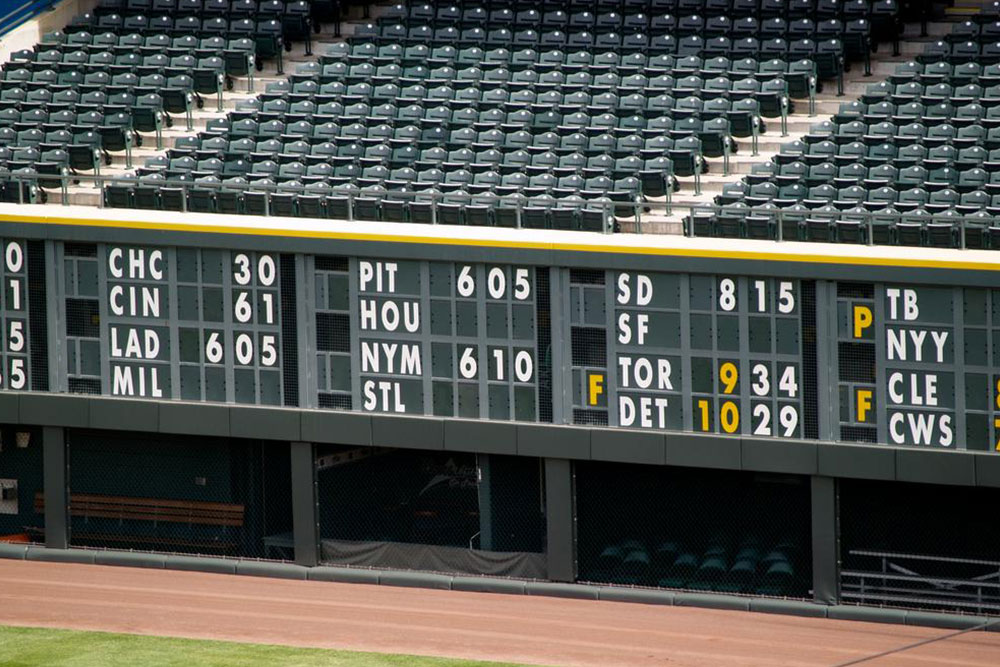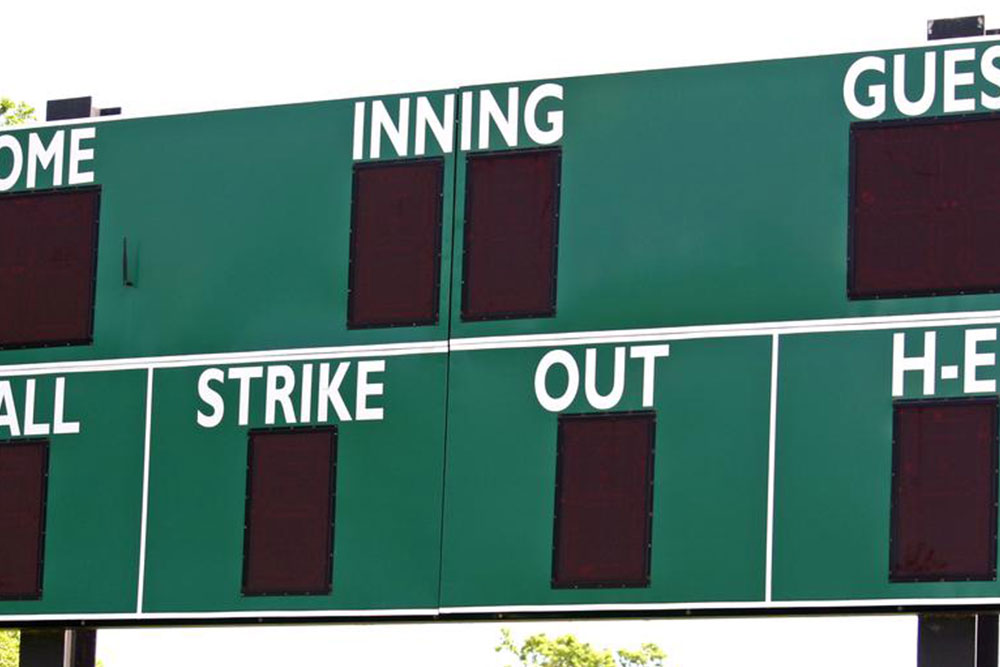The Evolution of Scoreboards: From Manual Chalkboards to Modern Digital Displays
Explore the comprehensive history of scoreboards, from manual chalkboards to advanced digital displays. Discover how technological innovations transformed the way sports events are showcased, enhancing spectator engagement and game visibility. Learn about key milestones, including the first scoreboards, electric systems, and modern LED screens, that continue to shape the sports entertainment industry today.

Historical Development of Scoreboards: A Journey Through Technological Advancements
Scoreboards have been an integral part of sporting events for well over a century, serving as essential tools that keep spectators and players informed about the ongoing game. Their evolution reflects broader technological advances, transitioning from simple manual systems to highly sophisticated electronic displays capable of showing animations, fireworks, and detailed statistics. These advancements have significantly enhanced the spectator experience, making sports events more engaging and visually appealing. Understanding the history of scoreboards not only reveals their technological progression but also highlights their cultural importance in the sports industry.
This comprehensive overview traces the journey of scoreboards from their humble beginnings to the cutting-edge digital displays seen today. It explores key milestones such as early manual systems, the advent of electric scoreboards, and the transition to digital electronic systems. The story also covers notable innovations, including gametrackers and their impact on media coverage, as well as the role of major sports franchises in adopting new technologies to improve visibility and fan engagement.
Join us as we delve into the fascinating history of scoreboards—how they originated, evolved, and continue to influence the way we experience sports. Whether you're a sports historian, a technology enthusiast, or a passionate fan, this journey offers valuable insights into the intersection of sports and technological innovation.
Origins of the First Scoreboards
The debate over the earliest scoreboard's origin is between Harvard University and the University of Pennsylvania. Harvard claims its first scoreboard appeared during a Thanksgiving football game in 1983, while the University of Pennsylvania asserts that they introduced theirs in 1895. Interestingly, the first documented mention of a scoreboard appears in a New York Times report on the Penn-Princeton game, a 12-0 victory for Penn on November 11, 1894. These early scoreboards were rudimentary, often consisting of hanging numbers and manual markings made with chalk, providing minimal information but serving the fundamental purpose of tracking scores.
Rise of Electric Scoreboards
The dawn of the electric scoreboard marked a significant milestone in sports technology. In 1908, engineer George A. Baird developed an innovative electric scoreboard for baseball games in Chicago, capable of electronically tracking balls, strikes, and outs. While groundbreaking, the adoption of electric scoreboards was gradual, initially limited to a few professional teams based in Boston. Over time, their design became more advanced, allowing for the display of additional game details, player statistics, and other vital information, thereby enhancing the overall game experience for spectators and media alike.
Introduction of Gametrackers and Media Integration
Building upon electric scoreboards, gametrackers emerged as vital tools that enabled newspapers and broadcast media to display real-time scores, brief game summaries, and simple graphics transmitted from stadiums via telegraph and later, more advanced communication channels. This innovation revolutionized how fans sustained interest outside the stadium, making it possible for those far from the action to follow games accurately and promptly. Gametrackers thus bridged the gap between live sports and media coverage, fostering a more connected and engaged sports community.
Major League Baseball and the Yankees’ Transition to Electronic Scoreboards
The New York Yankees, one of the most storied teams in Major League Baseball, played a pivotal role in embracing electronic scoreboard technology. Initially, in 1923, their stadium used a manual scoreboard that required additional staff to update scores and game details throughout the game. However, by 1950, the Yankees transitioned to a state-of-the-art electronic scoreboard, renowned for its non-glare enamel display that significantly improved visibility under bright stadium lights. This upgrade reduced the need for manual operation and allowed fans seated all over the stadium to clearly see the game’s progress, statistics, and messages, ultimately elevating the fan experience and setting a standard followed by many other teams worldwide.
Today, modern digital scoreboards have advanced well beyond these early models. Contemporary systems are equipped with high-resolution LED screens capable of delivering vivid graphics, animations, live video feeds, and even fireworks displays. They play a crucial role in enhancing user engagement, providing real-time updates, and creating immersive sports environments. The integration of technology into sports venues reflects the ongoing commitment to improve spectator satisfaction and modernize the overall game-day experience.
In conclusion, the history of scoreboards underscores a fascinating journey of technological innovation in sports. From simple manual hanging numbers to sophisticated electronic and digital displays, scoreboards continue to evolve, enriching the spectator experience and reflecting broader advancements in information technology. As sports technology progresses, we can expect future innovations to further revolutionize how fans and players interact with the game, making the sports viewing experience more dynamic, interactive, and entertaining than ever before.




